Tailored Course Agenda:
Course Overview
Analytical methods must be validated to ensure the reliability, consistency and accuracy of analytical data. Compendial methods should be verified to demonstrate the suitability of laboratories to run the method. In addition, when methods are transferred between laboratories they must be shown to be reliable. In certain circumstances, a waiver of method transfer requirements may be justified. Recent guidance on method validation and transfer has been produced by FDA and EMA.
The USP has guidance chapters on method validation, verification and transfer, equivalence testing and statistical evaluation. Articles in US Pharmacopeial Forum have introduced the concepts of measurement uncertainty and lifecycle management for analytical procedures, and new ICH guidance on method development and validation is expected soon.
This training will help you understand the regulatory requirements for method validation, verification and transfer. It will also suggest ways to de-risk the method validation process through prior evaluation of method performance and the use of effective protocols. The course includes material to help you plan method validation and to select appropriate acceptance criteria, as well as checklists for validation protocol and analytical method contents.
Day 1 Live Online:
Regulatory Background and Requirements
- FDA, EMA and international requirements (ICH Q2).
- SFDA-specific regulatory expectations, Quality Manual references, GMP Guide, and submission guidance documents, including recent SFDA enforcement actions or common deficiencies related to analytical validation and method transfer.
- Method validation terminology. Compendial guidance on method validation, verification and transfer:
USP General Chapters 1033, 1092, 1210, 1224, 1225, 1226 and 1467
- Eur. 5.21 – Chemometric Methods applied to Analytical Data
- EU GMPs: Chapter 6 and Annex 15
- Recent FDA and WHO method validation guidelines
- Different requirements for GLP, GCP and GMP
- Recent FDA and EMA enforcement action regarding method validation
- Introduction to quality risk management (ICH Q9)
Preparing for Method Validation
- Analytical Instrument qualification (USP <1058>)
- Computerized data systems (21 CFR 11, EU GMPs Annex 11 and GAMP 5)
- Validation and control of computerized systems including chromatographic data systems, Excel spreadsheets, and software to ensure data integrity, in line with SFDA’s Quality Manual and 21 CFR Part 11 / Annex 11 compliance expectations:
- Qualification of reference standards and materials
- Evaluating method performance prior to validation
Validation of Analytical Methods
- Developing a validation plan and SOP, with emphasis on validation plans, acceptance criteria, and handling of validation failures per SFDA expectations
- Phase-appropriate method validation
- Experimental approaches to method validation: accuracy, precision, intermediate precision, specificity, LOD, LOQ, linearity, range and robustness
- Demonstrating specificity: stress studies and impurity standards
- Ensuring validation covers assay, related substances, residual solvents, and stability-indicating parameters, especially for non-standard or modified methods, and that results are documented as internal SOPs before use
- Dealing with validation failures
Verification of Compendial Methods
- Scope, objectives and requirements of USP <1226>
- Changes allowed to chromatographic methods: USP <621> and Ph. Eur. 2.2.46
- Risk-based approach to method verification – which validation parameters should be verified, and establishing clear acceptance criteria to meet SFDA expectations
- Method verification acceptance criteria
Day 2 Live Online:
Transfer of Analytical Methods and Procedures
- Method transfer objectives
- Method transfer approaches
- Risks in method transfer
- Writing an effective transfer protocol, including documentation requirements and demonstration of equivalence and comparative validation data when methods are updated or transferred between labs or to new technologies, as required by SFDA
- Preparing the receiving laboratory for method transfer
- Method transfer to new technology: HPLC to UHPLC
- The method transfer report
Demonstrating Equivalence to Compendial Methods
- Method validation vs. equivalence testing
- Definition, objective and scope of alternative methods
- Justification for the use of alternative methods
- FDA and USP requirements
- Equivalence testing – what and how much?
- Documentation requirements
Maintaining Method Validation (Lifecycle Management)
- Monitoring method performance: system suitability testing and quality control samples
- Lifecycle management expectations: ongoing monitoring of method performance, system suitability testing, rigorous change control processes to maintain validated status, and understanding revalidation triggers and documentation requirements to avoid post-approval compliance issues
- Change control for analytical methods
- Handling method changes pre- and post-approval
- Revalidation of analytical methods: when, and what to test
- Method review
- Continuous improvement
Recent Developments
- Lifecycle approach to analytical methods
- Method development and validation using Quality by Design principles
- Validation of bioanalytical methods according to the FDA and EMA guidelines
- Measurement uncertainty


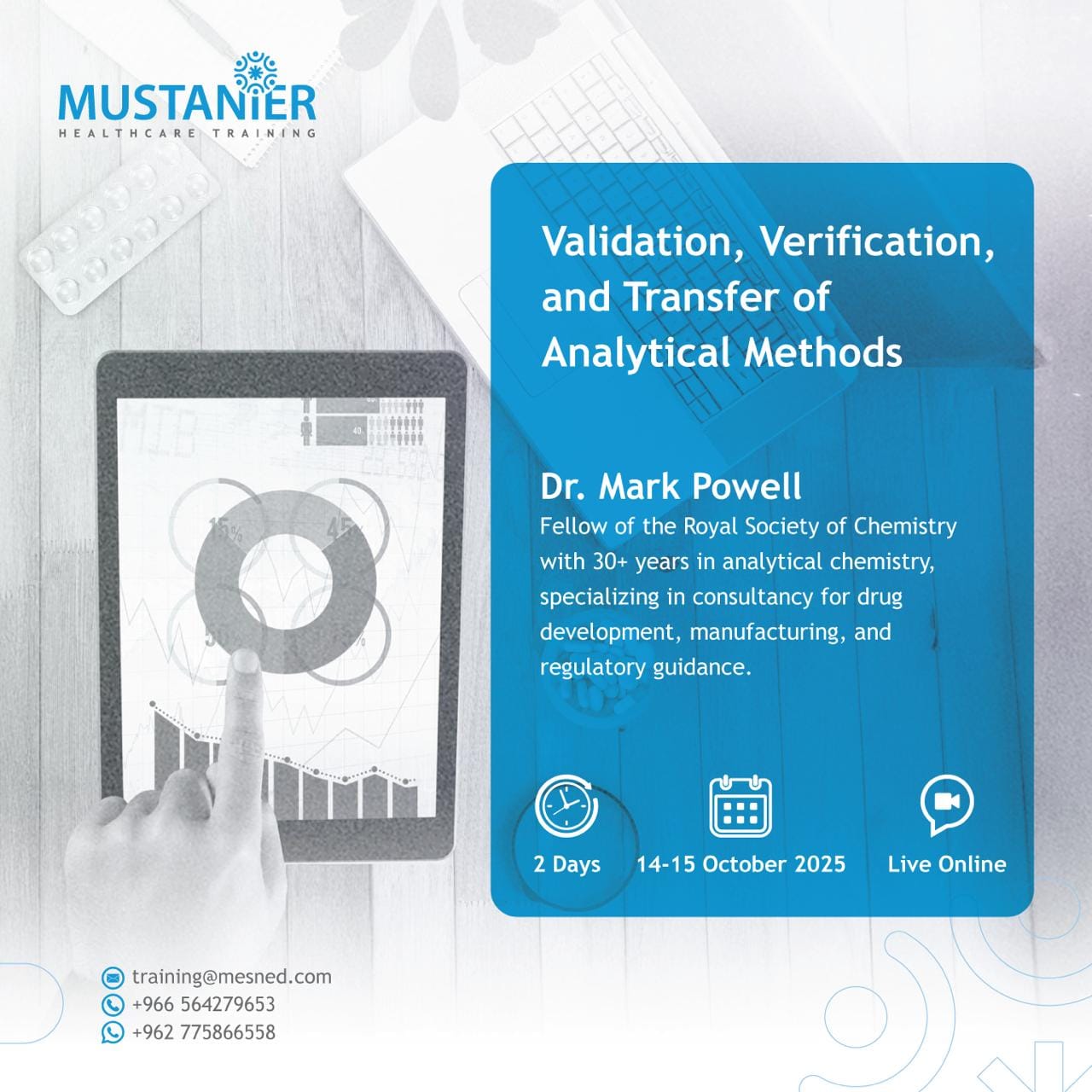

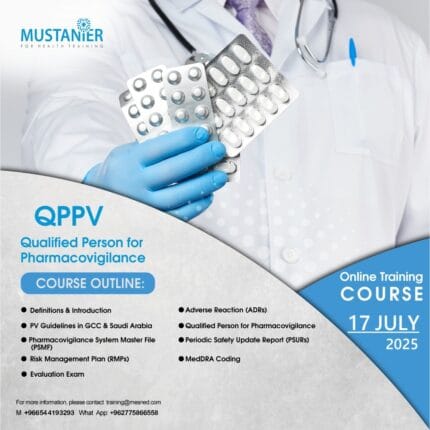

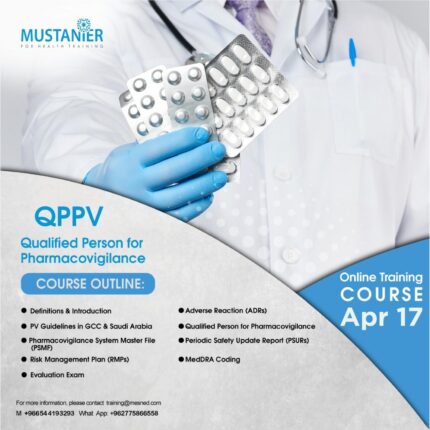

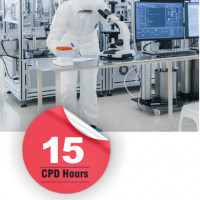
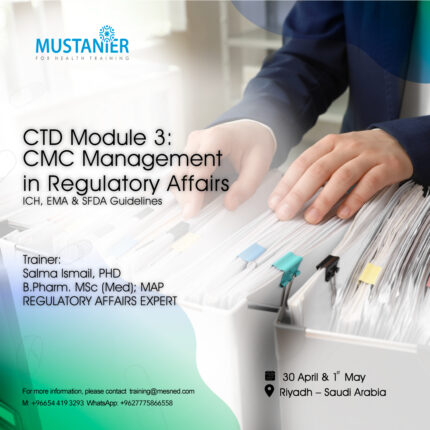
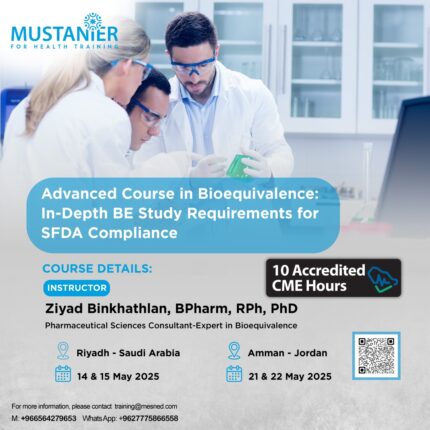
Reviews
There are no reviews yet.